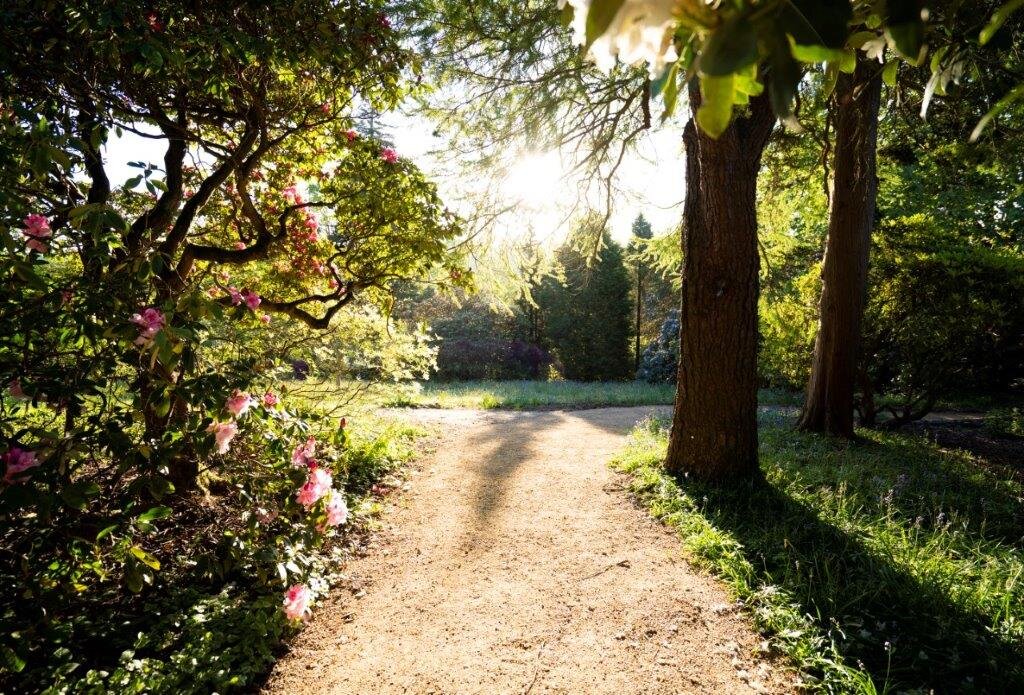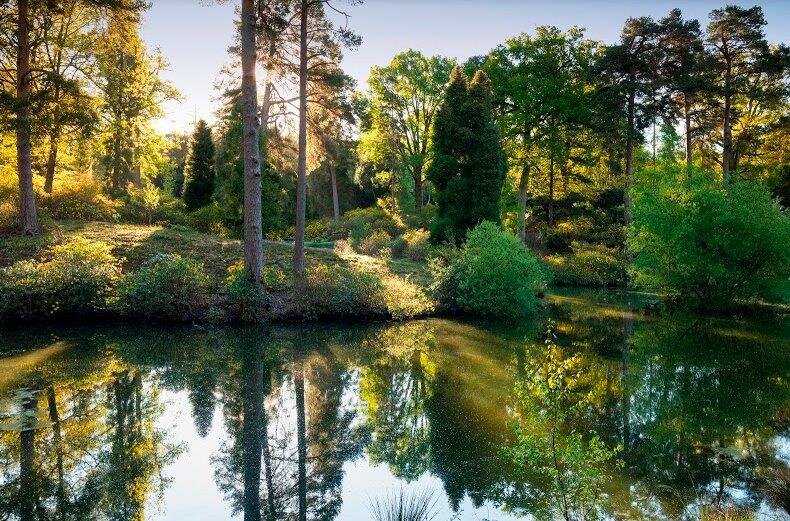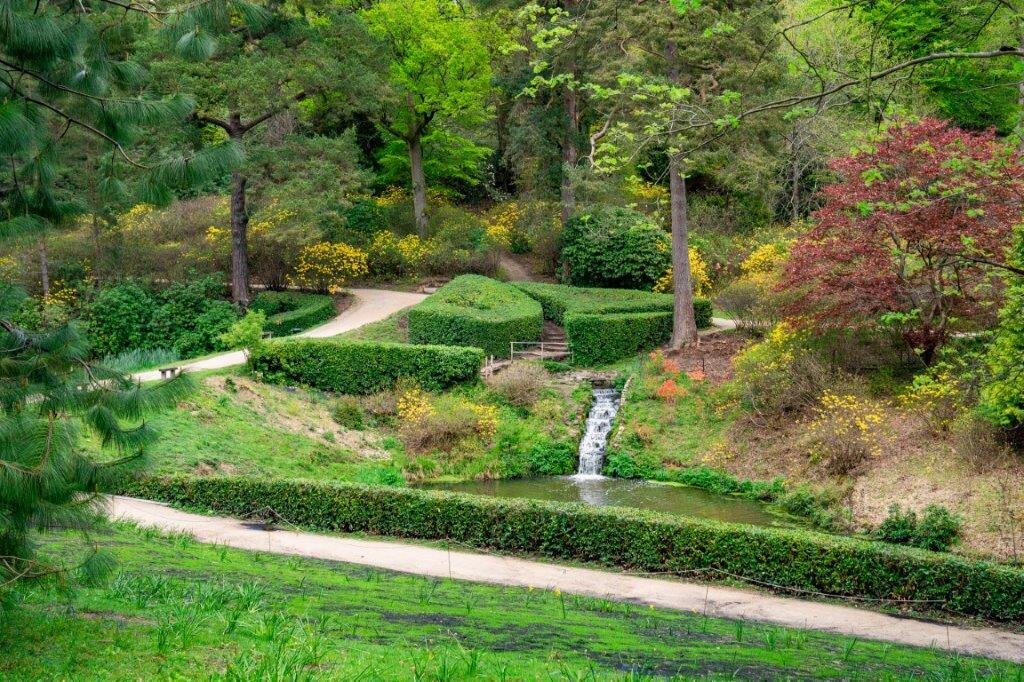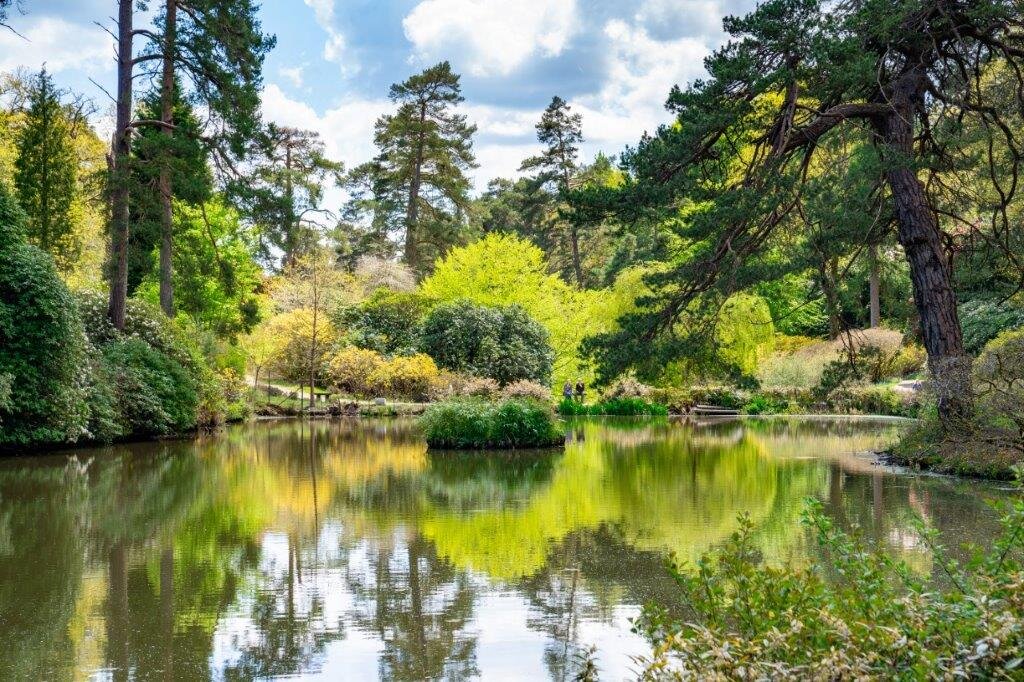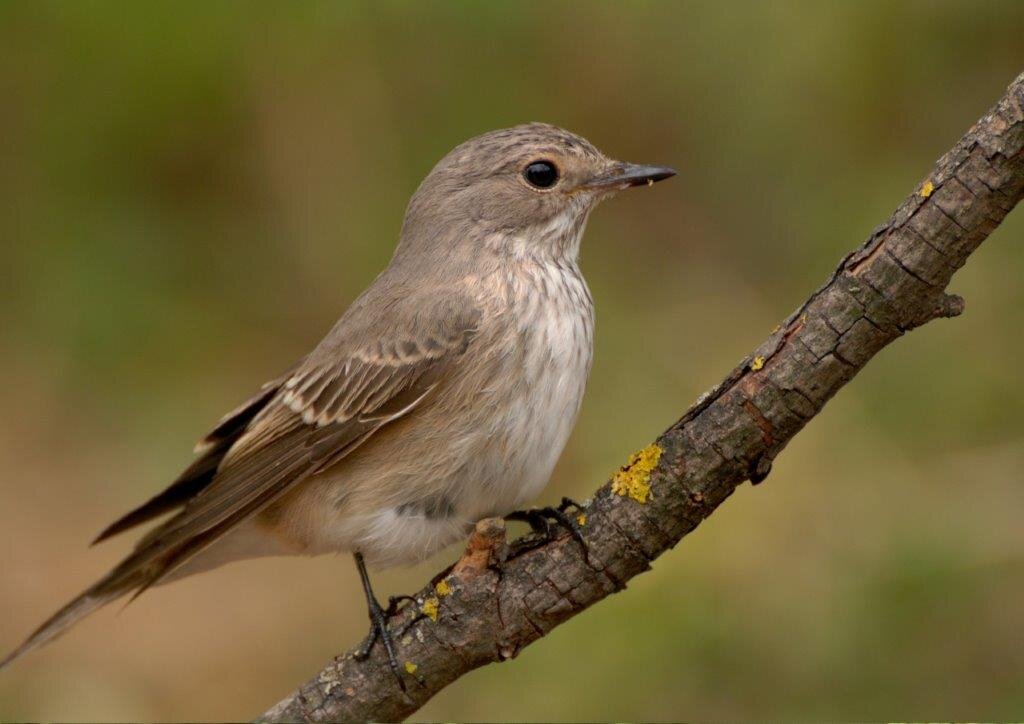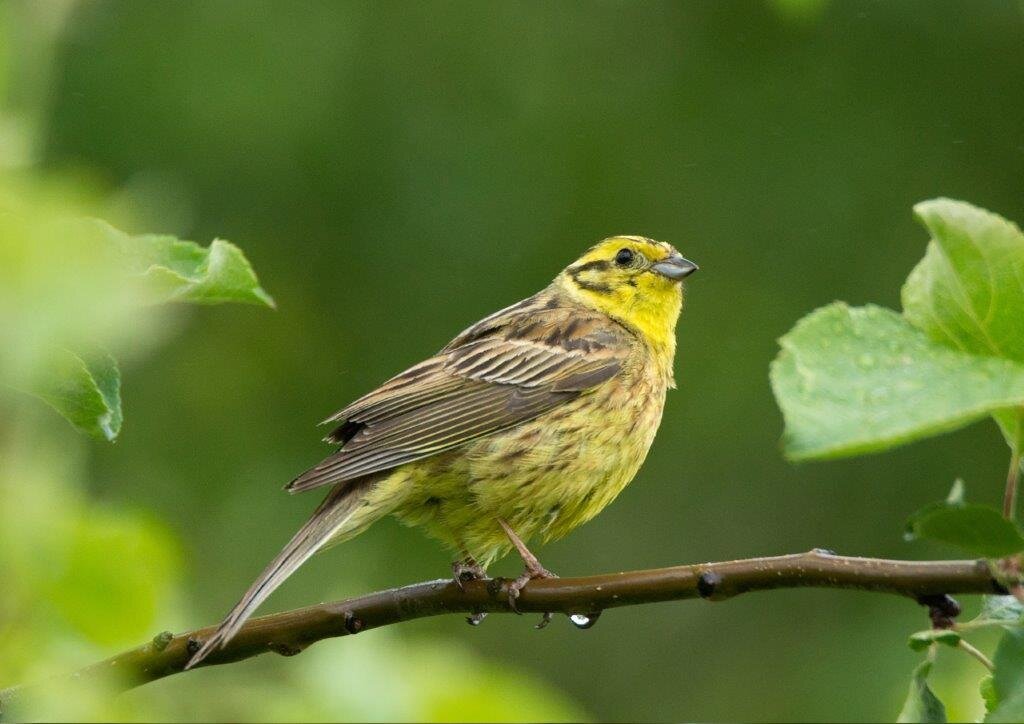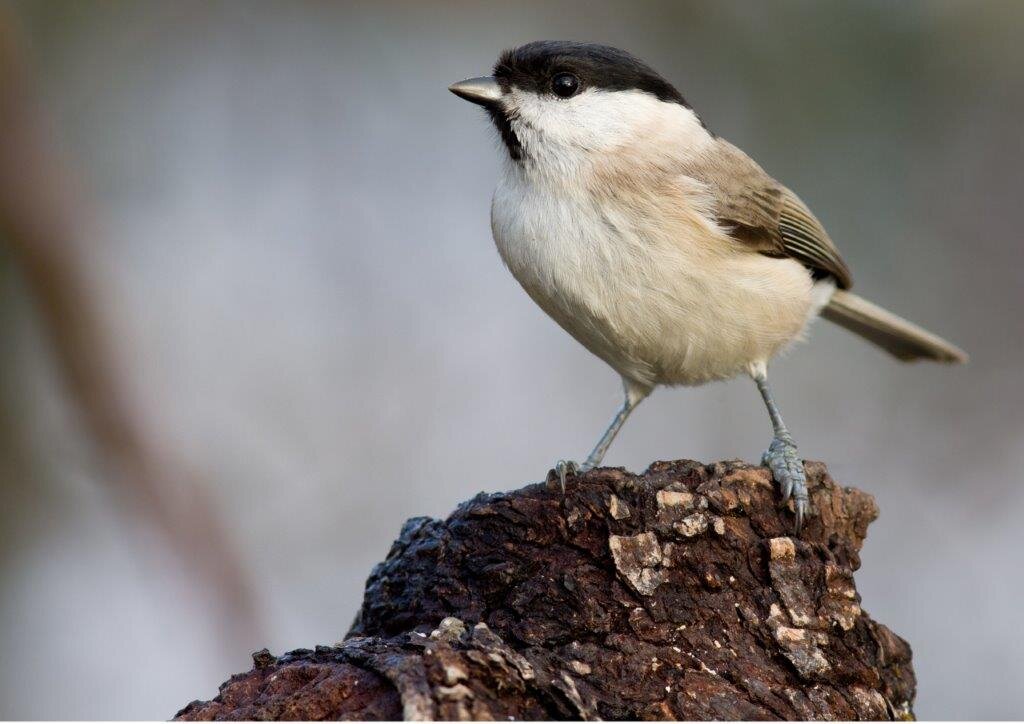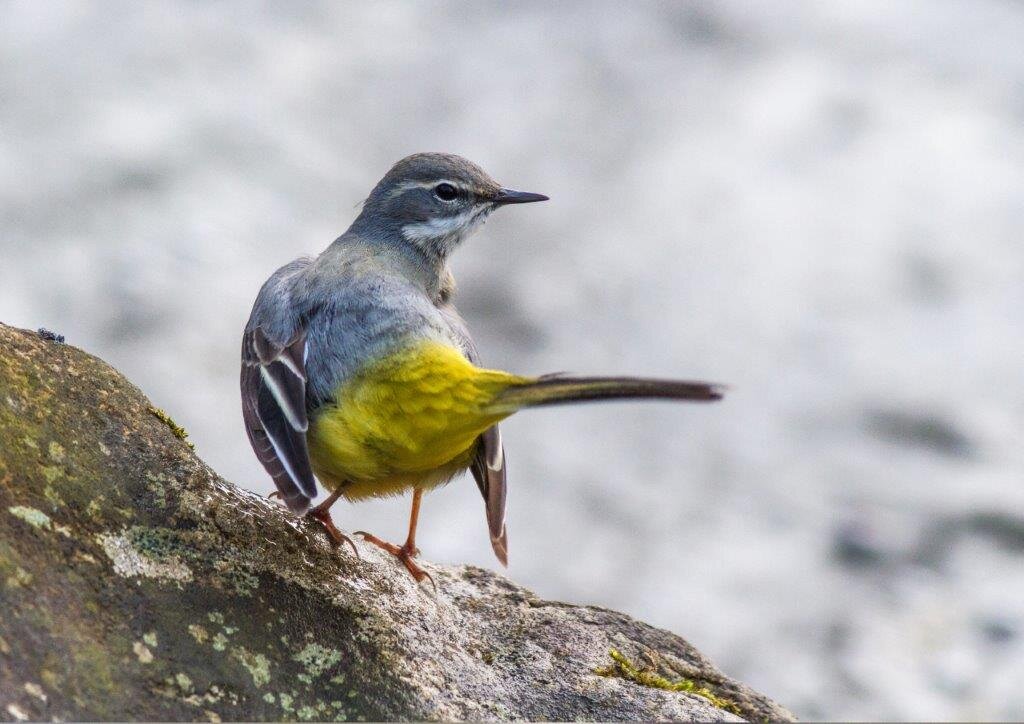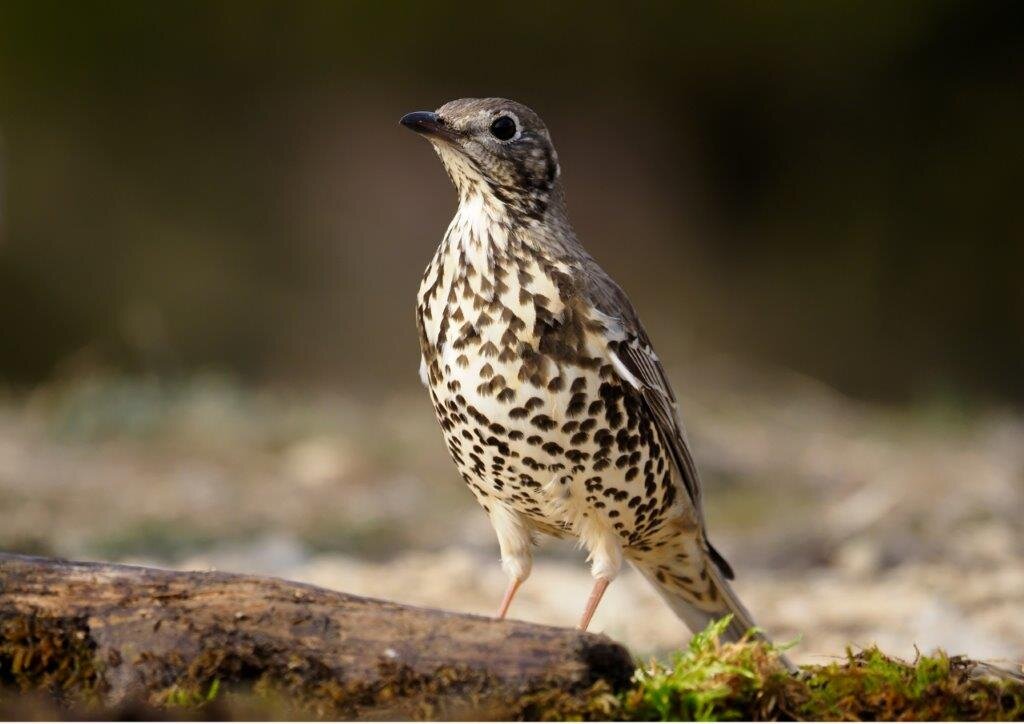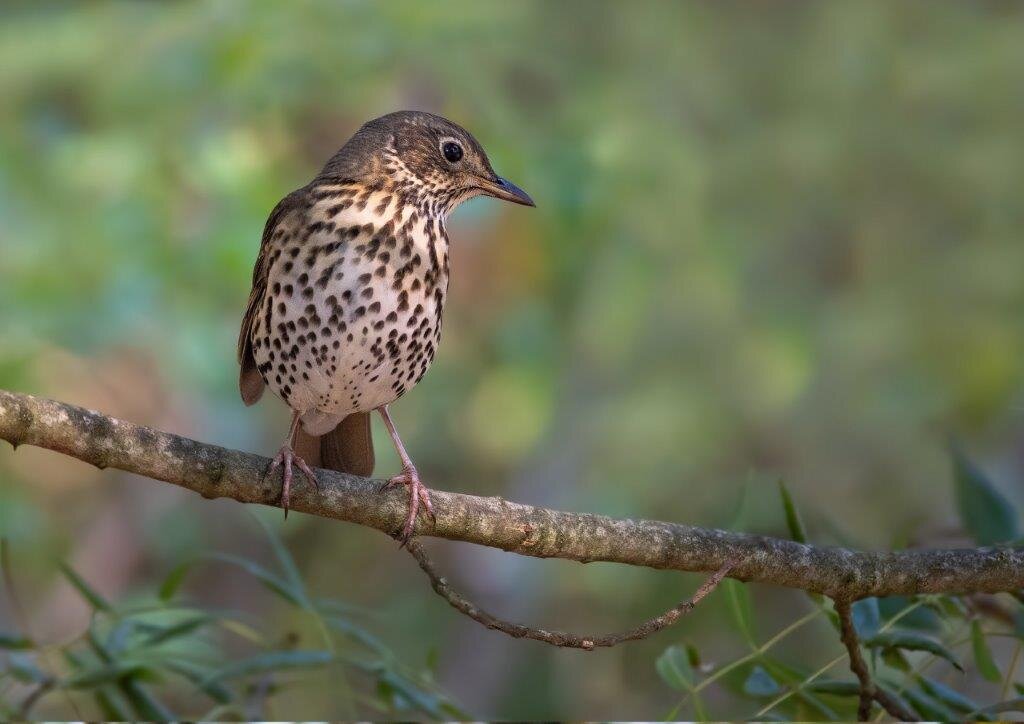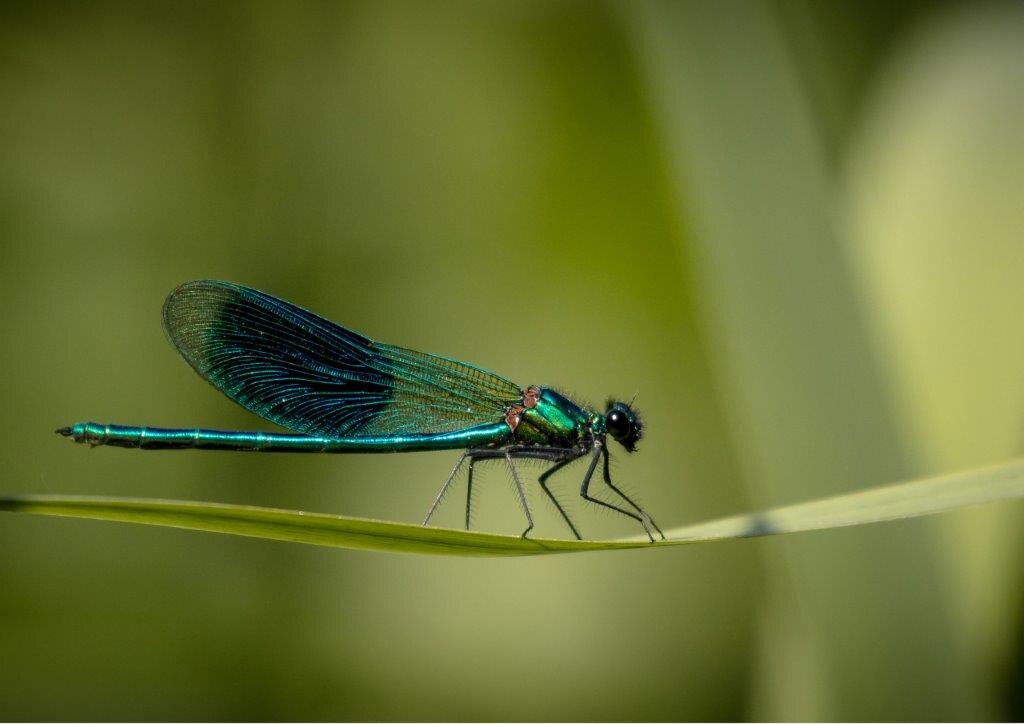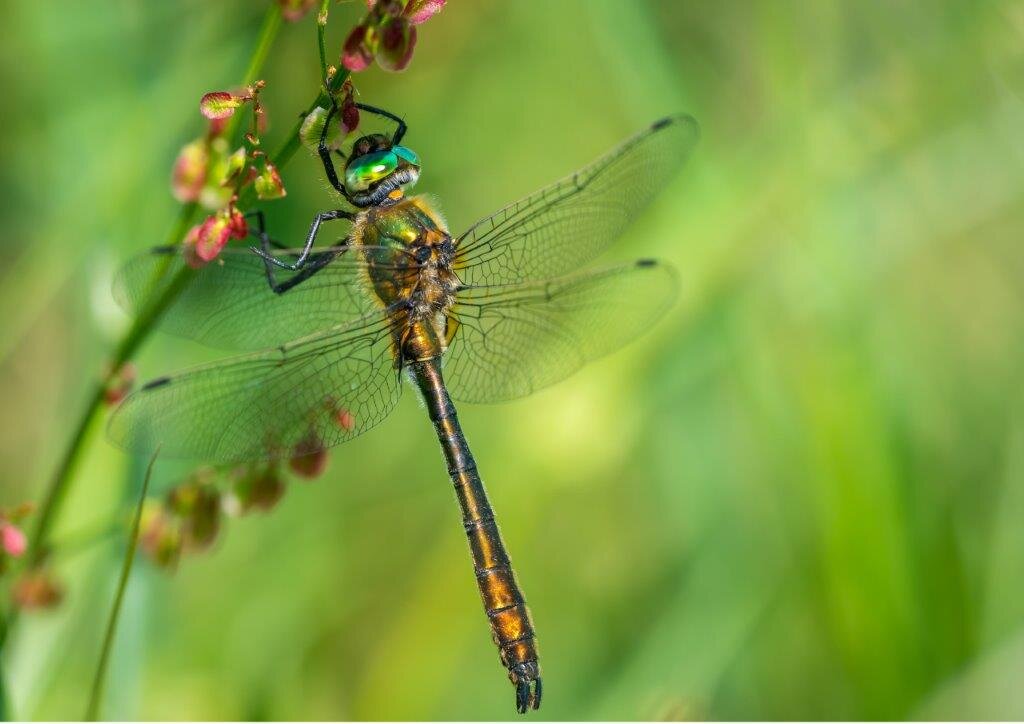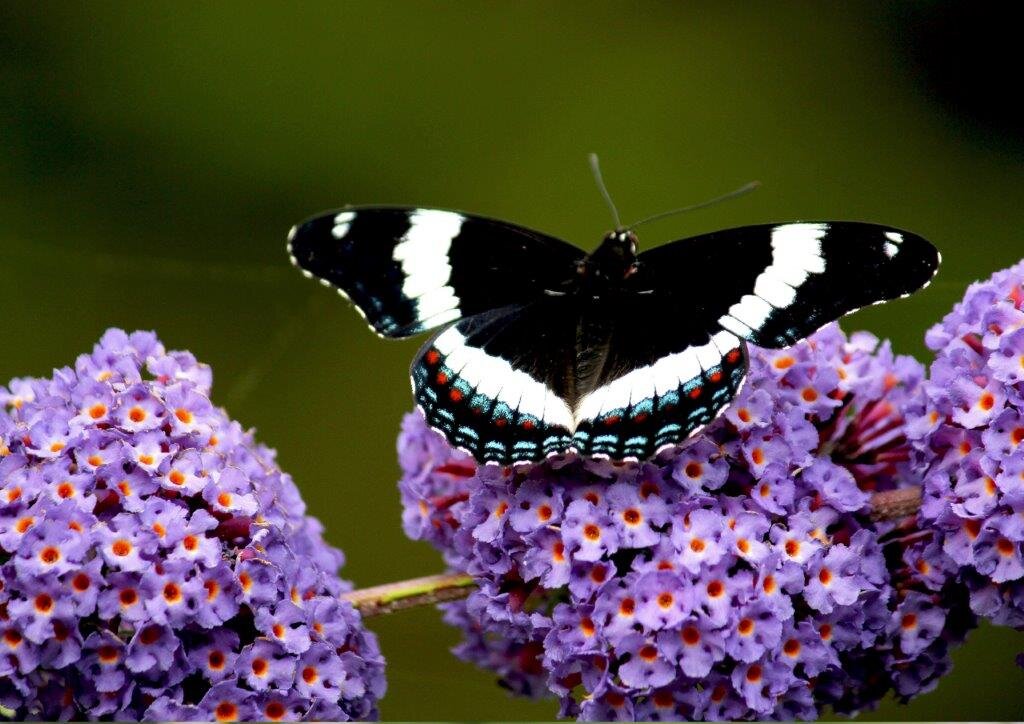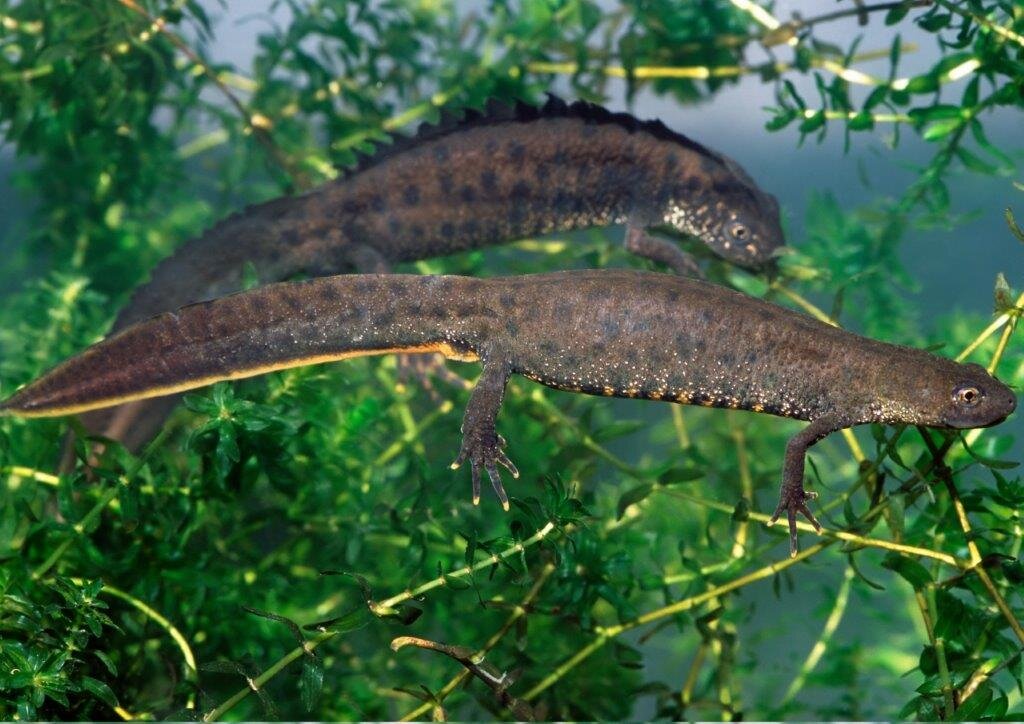Save Our Woodlands!
With just 7% of our original native woodlands left, the state of the UK's woodlands has reached a critical stage, according to a Woodland Trust 2021 report, the country's first comprehensive assessment of their condition.
“Leonardslee Lakes and Gardens relies on the support of the public, both through memberships and visitors to our programme of cultural and arts and crafts events. The intensive two years' restoration of the Grade I Listed gardens, after eight years’ closure and dereliction, was a major investment, and we rely on the support of the gardens’ friends and followers to help fund the considerable upkeep costs,” says Adam Streeter, the estate general manager.
A survey released by the Woodland Trust discovered that the British woodlands are under siege from multiple perils, including development, the introduction of pests and diseases, and the impacts of climate change and pollution. Birds and butterflies that live in the woods have declined by nearly half since 1970, according to the study.
The paper stated that creating new woodlands is vital, but if old woods are lost, it will mean nothing. The report states that tree planting rates are insufficient, and of the new trees only 52 per cent are native species.
Trees must play a significant role in the UK's climate change response and the reestablishment of wildlife in one of the world's most threatened countries.
Almost three times as much woodland has been planted since 1900 as existed prior to 1900, making up almost a third of the UK. Half of this growth is from forestry plantings, however, which only support a fraction of UK biodiversity.
Leonardlee Wildlife
At Leonardslee there is an extraordinary range of wildlife. Amongst threatened species, visitor can see:
Spotted Flycatcher (Muscicapa striata) – a red-listed bird of conservation concern, having declined 87% in Britain since 1970. Several pairs breed on the estate.
Yellowhammer (Emberiza citrinella) – a red-listed bird of conservation concern, with a population decline of 61% since 1967. Around six or seven pairs breed on the estate.
Marsh Tit (Poecile palustris) – a red-listed bird of conservation concern, having declined over 50% since the 1970’s. The woods on the estate support a number of breeding pairs.
Grey Wagtail (Motacilla cinerea) – red-listed bird of conservation concern due to a decline of 45% since 1975 in the UK. At least one pair breeds around the lakes on the estate.
Mistle Thrush (Turdus viscivorus) – red-listed bird of conservation concern, having declined 55% in the UK since 1967. These birds are present year-round on the estate and do breed.
Song Thrush (Turdus philomelos) – red-listed bird of serious conservation concern, having suffered a decline of more than 50% between 1970 and 1995. This bird is common on the estate.
From left to right: Spotted Flycatcher, Yellowhammer, Marsh Tit, Grey Wagtail, Mistle Thrush and Song Thrush
Brilliant Emerald Dragonfly (Somatochlora metallica) – Classified as endangered in the UK, breeds in the lakes on the estate.
Downy Emerald Dragonfly (Cordulia aenea) – a rare and locally important species within the county of Sussex, breeds in the lakes on the estate.
White Admiral Butterfly (Limenitis camilla) – has declined greatly in the last 20 years, is listed as of high conservation priority and is a UK Biodiversity Action Plan priority species. Can be seen in glades in the estate woodlands, the larvae feed on honeysuckle.
Great Crested Newt (Triturus cristatus) – Priority Species under the UK Post-2010 Biodiversity Framework. Listed as a European Protected Species under Annex IV of the European Habitats Directive. Has been recorded on the estate.
From left to right: Brilliant Emerald Dragonfly, Downy Emerald Dragonfly, White Admiral Butterfly and Great Crested Newt
Woodland Trust Report
The UK's Climate Change Committee predicts that in the year 2050, 2 billion new trees will be required, which will increase the country's coverage to 18 per cent. Also, the predicted growth rate will need to triple in order to meet the demand.
The Woodland Trust says: “It’s reaching crisis point. The warning signs are loud and clear. If we don’t tackle the threats facing our woods and trees, we will severely damage the UK’s ability to address the climate and nature crises. Green spaces that are rich in wildlife, bird song and blossom are also intrinsically linked to our own health and wellbeing.”
The Trust has stated that the country is extremely underwooded. The deforestation and subsequent fragmentation of woods, as well as the disappearance of the trees and the wildlife species that depend on them, has been highly destructive.
By 2020, the Forestry Commission's research department found that 93% of England's native forests were in a critical state. Also factors to consider are overgrazing and invasive species.
Several species, including the lily of the valley beetle, the willow tit, and the dead wood beetle, have experienced significant declines in numbers over the last four decades, with the lily of the valley down 94 percent.
Changes are occurring to the timing of seasonal events, with trees coming into leaf sooner because of the climate issue, according to the paper. This suggests that the blue tit is experiencing difficulties with its breeding cycle, since caterpillars are the only food it can now find.
It is estimated that approximately 2.5 per cent of the United Kingdom is covered with centuries-old and wildlife-rich ancient forests, yet at least 1,225 of these forests are being threatened by new building development, according to the Woodland Trust.
You can support the work of Leonardslee Lakes & Gardens by joining as a member, from less than £60 annually*, to enjoy the gardens every day of the year, with closure only on Christmas Day.
*per adult in a joint membership

